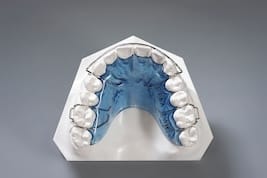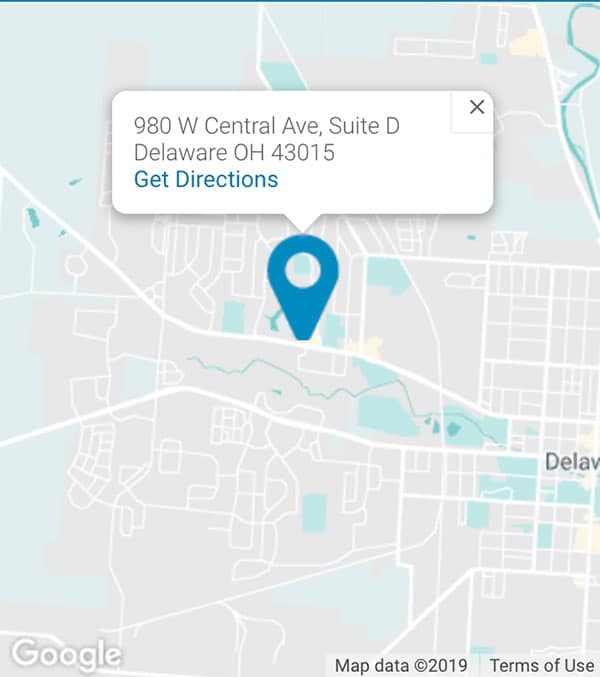Palate Expander
The Palatal Expansion Appliance (PE) is used to slowly and carefully broaden the upper jaw by exerting lateral pressure on the two halves of the maxilla (upper jaw) in patients with a constricted maxilla (narrow upper jaw). The PE generally stays in at least 4-5 months while bone grows in the middle and a once-constricted maxilla can attain proper width to improve the bite. Expanding the maxilla helps to create space for eruption of permanent teeth, improve airway and correct crossbites.
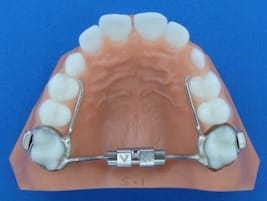
Arnold
The Arnold is a fixed expansion appliance. It has an open coil spring to provide light continuous forces to aid in arch development. The use of a spring, rather than a screw, eliminates the need for patient cooperation during treatment and its simple, compact design makes for easy placement and patient acceptance. While traditionally made for the lower arch this appliance can be used for upper arch expansion as well.
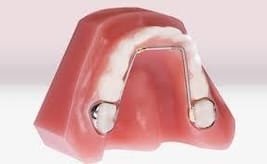
Bluegrass Appliance
The Bluegrass appliance is used to treat thumb sucking and tongue thrusting habits in children. It's a fixed appliance that is bonded to the upper teeth. The appliance uses a spinning roller near the roof of the mouth to help break the habit and avoid suction of the finger/thumb to the palate.
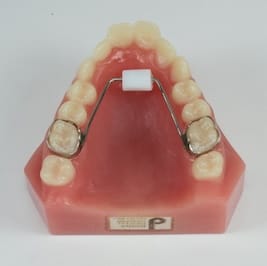
Cervical Head Gear
Corrects an overjet or an overbite. It includes a U-shaped wire (facebow) that attaches to your child’s upper back teeth. The wire connects to a strap that wraps around your child’s neck, providing gentle pressure to hold their upper jaw back. The body does most of its daily growth roughly between 4 PM and 6 AM—the greatest degree of headgear wear between those hours tends to yield the best results.
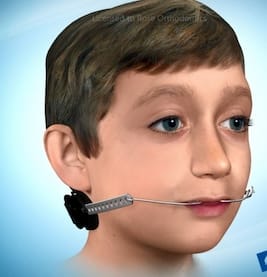
High Pull Headgear
Includes parts similar to cervical pull headgear and also fixes overjet and overbite. The main difference is that high pull headgear has two straps. One rests on the back of your child’s head and the other goes on top. They encourage your child’s upper jaw back and up. The body does most of its daily growth roughly between 4 PM and 6 AM—the greatest degree of headgear wear between those hours tends to yield the best results.
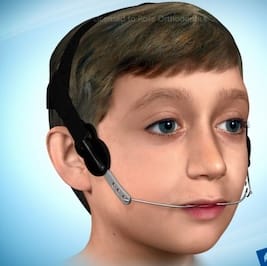
Reverse Pull Headgear
Fixes an underbite by pulling the upper jaw forward. It includes a vertical frame that goes in front of your child’s face that’s held in place by a forehead pad and a chin cup. A wire mouthpiece that fits onto your child’s upper back teeth extends from the frame, pulling their upper jaw forward. The body does most of its daily growth roughly between 4 PM and 6 AM—the greatest degree of headgear wear between those hours tends to yield the best results.
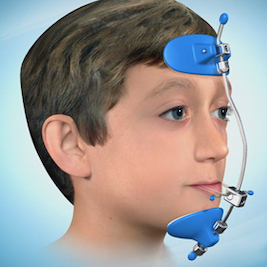
Lower Lingual Holding Arch
The Lingual Holding Appliance (LLHA) is used to preserve and create space in the mandibular (lower) arch and to aid in up righting of the molars. The appliance is placed on the lingual (tongue) side of the mandibular (lower) teeth. As the lower baby molars are generally larger than the permanent teeth that will succeed them, the LLHA helps to utilize this space to the patient’s best advantage.
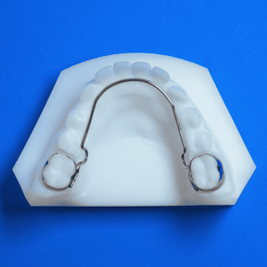
Fixed Anterior Bite Plate
The Fixed Bite Plate is an appliance designed to correct patients who have a deep over bite by building up an acrylic ledge behind the upper incisors. This allows for the lower incisors to contact the acrylic and in turn stop growing into the patient’s palate, open the bite and allow for eruption of the posterior teeth while in braces.
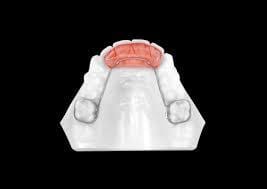
Removable Anterior Bite Plate
The Removable Bite Plate works the same way as the fixed bite plate to correct a deep bite. For patients who are not quite ready for braces or Invisalign but have a deep (sometimes painful) overbite Dr. Rose will have them wear a removable bite plate to get the bite corrected while Dr. Rose is monitoring their growth and dental development. This appliance can effectively be used in children, teens, and adults.
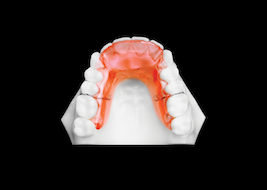
Pendulum
A fixed pendulum appliance is a custom-made orthodontic appliance that is used to move the upper molars towards the back of the mouth. to create space for permanent teeth to erupt naturally while also improving the bite (fit and function of the teeth).
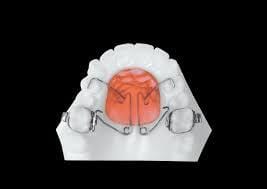
Pendex
The Pendex is a modification of the Pendulum appliance, incorporating an expansion screw for wider arch development, in addition to moving molars backward.
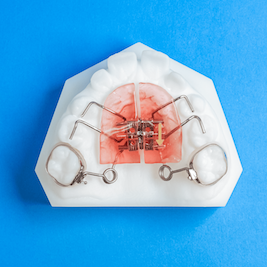
Forsus
A Forsus appliance works to promote growth, eliminate overbites, and improve the fit of the teeth. Ultimately, the goal of a forsus appliance is to prevent the need for jaw surgery in the future. The forsus appliance is made up of a spring that is attached to the upper molar bands. Typically, there is a spring on each side of your mouth. These springs work to move your jaw into the ideal bite position.
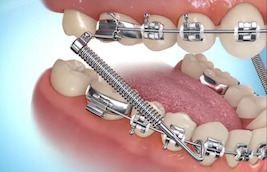
Motion Appliance
The Motion Appliance provides an alternative way to address posterior malocclusions (mis-aligned back teeth) before braces or Invisalign® treatment. It delivers a light, uniform force or distal (backward) movement with controlled, favorable rotation of the molars, moving the whole canine-to-molar segment as a unit. Treatment time takes approximately six months to complete (with good compliance) and can greatly simplify and improve the outcome of orthodontic treatment.
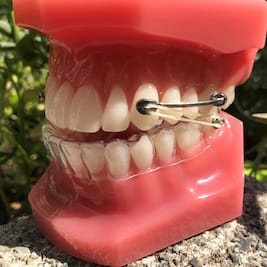
Temporary Anchorage Devices (TADS)
TADs are ultra small screws that are placed in the bone to help create desired tooth movement. TADs are used to augment anchorage when the desired tooth movement is in need of a “power boost”. These appliances are hooked to braces to aid in space closure, midline correction, bite closure, and many other functions.
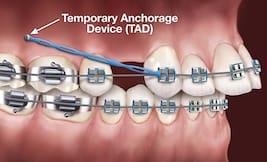
Transpalatal Appliance
The Trans-Palatal Arch (TPA) is used to hold upper molars in place, stabilizing the position of these teeth during or after the movement of other teeth. The TPA can also be used to rotate molars into more ideal positions to improve the bite and to help the molars move as a unit when working together with TADs.
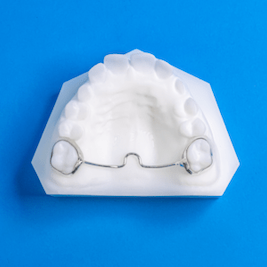
Nance Appliance
An Nance Holding Appliance is used to stabilize the position of upper molars after desired tooth movement has been achieved or during the movement of other teeth. The Nance can also be used to improve a patient's bite by rotating molars into more ideal positions and to assist in moving molars as a unit when used in conjunction with Temporary Anchorage Devices (TADs).
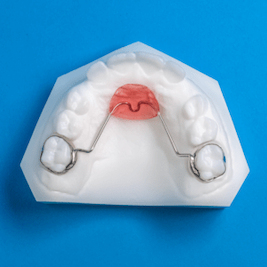
Aligner Or Flipper With Pontic
A pontic is defined as an artificial tooth on a dental prosthesis that replaces a missing natural tooth, restoring its function and esthetics. This can be achieved using a custom, clear retainer (aligner) or a metal/acrylic frame (flipper).
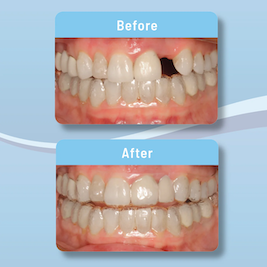
Bonded Retainer
A Bonded Retainer is usually made of a braided stainless steel wire that connects to the lingual (back) surfaces of the front 6 teeth. Dr. Rose will place a lower bonded retainer after full correction of the bite. An upper bonded retainer is placed only if the patient has a history of a gap between the incisors. The Bonded Retainer may need some upkeep over the years to make sure all 6 teeth still have adhesive and the wire is in the proper position.
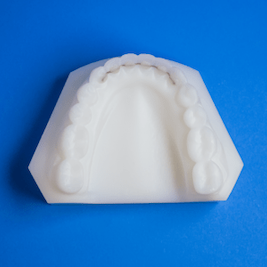
Essix Retainer
An Essix Retainer is a removable clear plastic shell that conforms exactly to the contours of the teeth to aid in the maintenance of tooth position (retention). The Essix material does not typically cover the palatal tissues like some retainers that are used after Phase 1 orthodontic treatment in children (see Hawley Retainer). The Essix Retainer is used to maintain a previous orthodontic result. Patients typically wear a retainer full-time for two months following active orthodontic treatment. Thereafter patients wear retainers at night time for a lifetime to retain the proper position of the teeth and avoid any relapse.
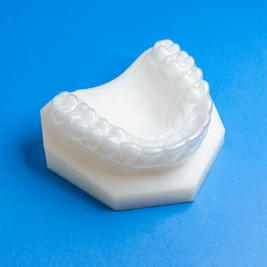
Hawley Retainer (Maxillary/Mandibular)
A Hawley retainer is a custom made removable orthodontic device that keeps teeth in place after braces are removed. It's designed to prevent teeth from shifting after treatment. It has an acrylic plate that rests on the roof of the mouth or behind the lower teeth. Some hawley retainers have a metal wire that wraps around the front teeth. The metal wire applies gentle pressure to the teeth to keep them in place.
